Radial nerve 2
Hide All Ads - Subscribe Premium Service Now
Share your inquiries now with community members
Click Here
Sign up Now
Lessons List | 58
Lesson
Show More
Lessons
Comments
Related Courses in Medical
Course Description
The (upper) arm muscles are a group of five muscles located in the region between the shoulder and elbow joints. They are divided into two distinct compartments of the arm. The anterior (flexor) compartment contains the biceps brachii, coracobrachialis and brachialis muscles. The posterior (extensor) compartment contains mainly the triceps brachii muscle. Even though the anconeus muscle is not anatomically located in the arm region, it is often considered to be a part of this muscle group. This is mainly due to the fact that its function is closely related to the triceps brachii muscle.
The prime function of the muscles in the anterior compartment is flexion of the forearm at the elbow joint and adduction of the arm at the shoulder joint. Additional actions of these muscles include flexion of the arm at the shoulder joint and forearm supination. The triceps brachii muscle is the prime extensor of the forearm at the elbow joint, with assistance from the anconeus muscle, but is also capable of weak arm extension and adduction. The muscles in the flexor compartment are mainly innervated by the musculocutaneous nerve, while the extensors are innervated by the radial nerve.
More information
Human body Muscular SystemMuscles
Arm Muscles Overview
Upper arm muscles
Forearm muscles
Arm muscle diagram
Arm muscle conditions
Muscle condition symptoms
Health tips
Overview
Your arms contain many muscles that work together to allow you to perform all sorts of motions and tasks. Each of your arms is composed of your upper arm and forearm. Your upper arm extends from your shoulder to your elbow. Your forearm runs from your elbow to your wrist.
Before learning about the different muscles, it’s important to understand the four major types of movement they’re involved in:
Flexion. This movement brings two body parts closer together, such as your forearm and upper arm.
Extension. This movement increases the space between two body parts. An example of this is straightening your elbow.
Abduction. This refers to moving a body part away from the center of your body, such as lifting your arm out and away from your body.
Adduction. This refers to moving a body part toward the center of your body, such as bringing your arm back in so it rests along your torso.
Upper arm muscles
Your upper arm contains two compartments, known as the anterior compartment and the posterior compartment.
Anterior compartment
The anterior compartment is located in front of your humerus, the main bone of your upper arms.
The muscles of the anterior compartment include:
Biceps brachii. Often referred to as your biceps, this muscle contains two heads that start at the front and back of your shoulder before joining together at your elbow. The end near your elbow flex the forearm, bringing it toward your upper arm. The two heads near your shoulder help with flexion and adduction of your upper arm.
Brachialis. This muscle lies underneath your biceps. It acts as a bridge between your humerus and ulna, one of the main bones of your forearm. It’s involved with the flexing of your forearm.
Coracobrachialis. This muscle is located near your shoulder. It allows adduction of your upper arm and flexion of your shoulder. It also helps to stabilize your humerus within your shoulder joint.
Posterior compartment
The posterior compartment is located behind your humerus and consists of two muscles:
Triceps brachii. This muscle, usually referred to as your triceps, runs along your humerus and allows for the flexion and extension of your forearm. It also helps to stabilize your shoulder joint.
Trends
Graphic design tools for beginners
Machine learning for beginners
Google Python class
Python for data science fundamentals
Control mechanisms types
French language for beginners
MS Excel
Excel fundamentals for finance
Web Design for Beginners
Ai photography basics
Java programming for beginners
Web Design Using HTML CSS
Create cinematic ai landscapes videos
Formation efficace à l écoute de l
10X coding tools for developers
Embedded Systems ES
French
Python programming language
Introduction To Cyber Security
FREE MUSIC THEORY
Recent
Control mechanisms types
Properties of engineering materials
RLC circuit basics
Types Of power diodes
HSPICE installation
Smart irrigation system
Python for data science fundamentals
Azure IoT webservices
Machine learning for beginners
IoT networking basics
SystemVerilog interview questions
Engineering chemistry fundamentals
Engineering thermodynamics
Mechanics
Electromagnetic theory
Thermometry
Basic mathematics
Create cinematic ai landscapes videos
Ai photography basics
Tools for ai image




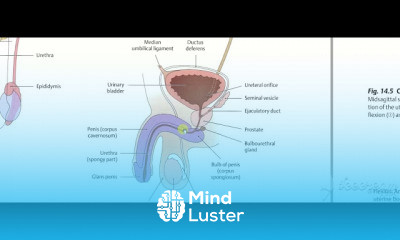
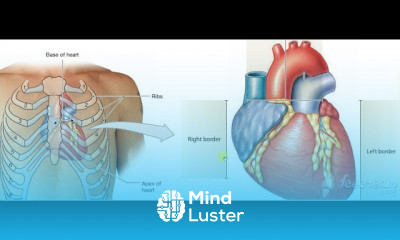
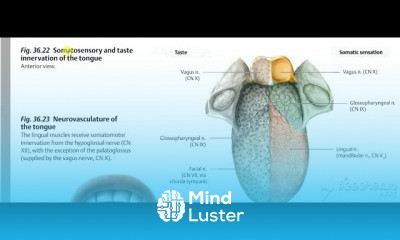
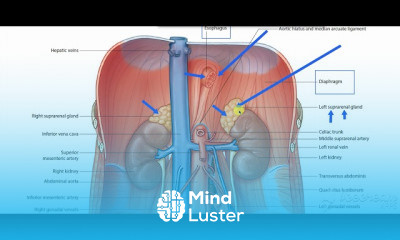
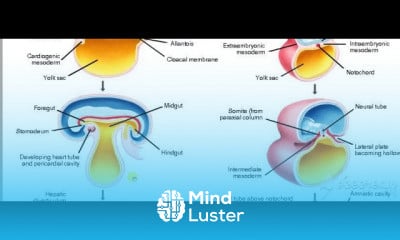
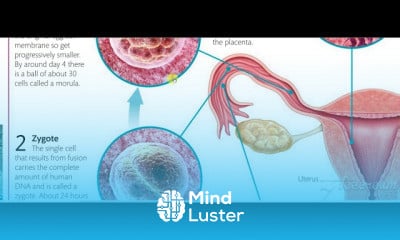
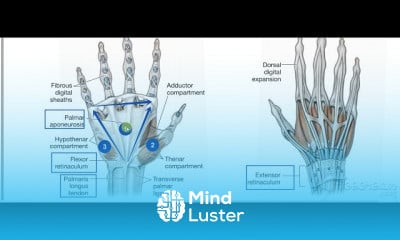
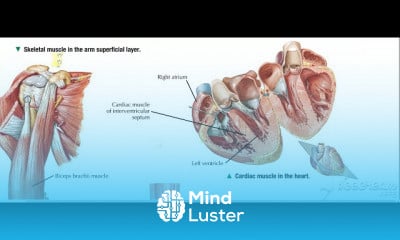
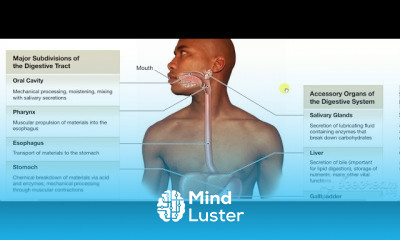
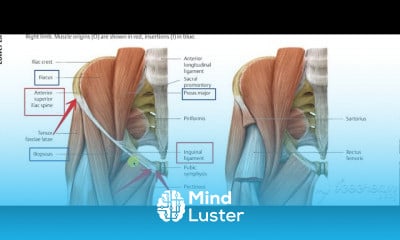
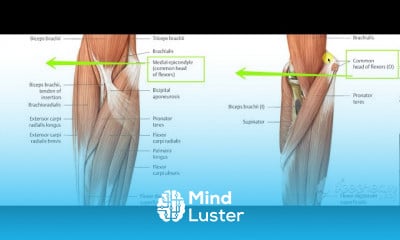
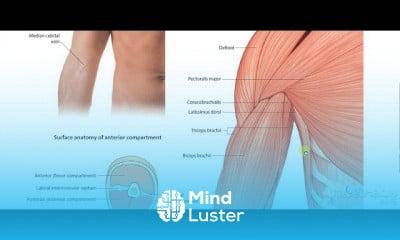
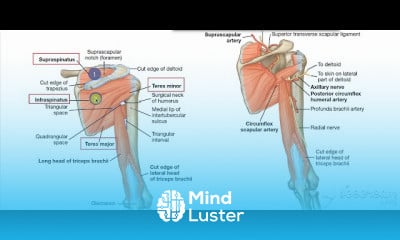
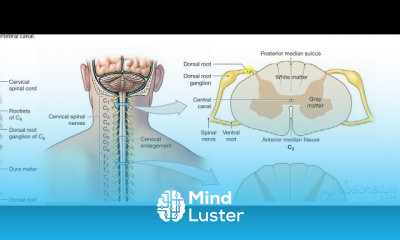
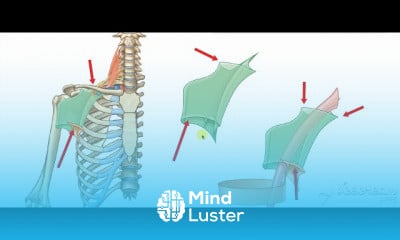
You must have an account within the platform in order to participate in the discussion and comment. Register now for freeClick here